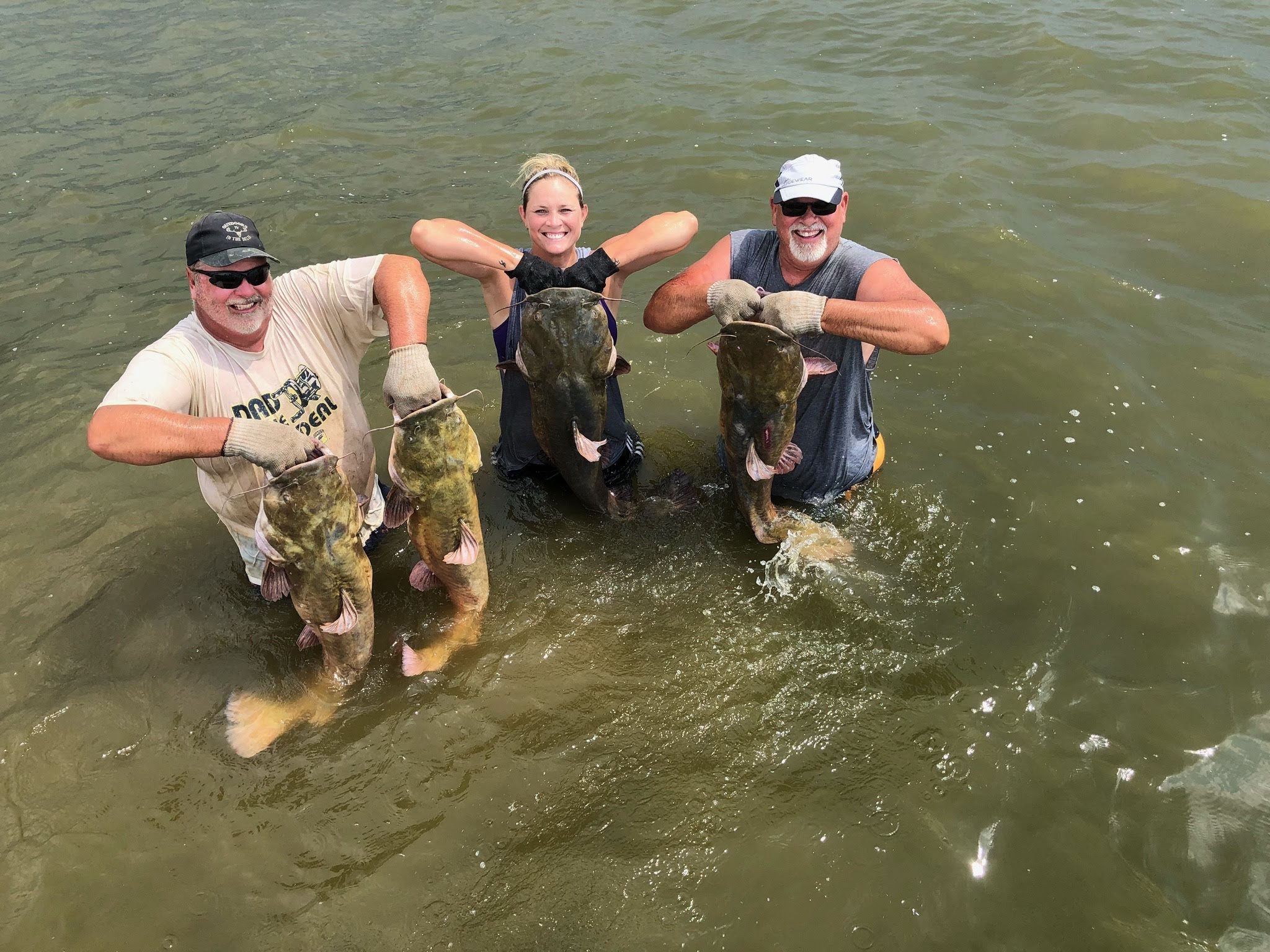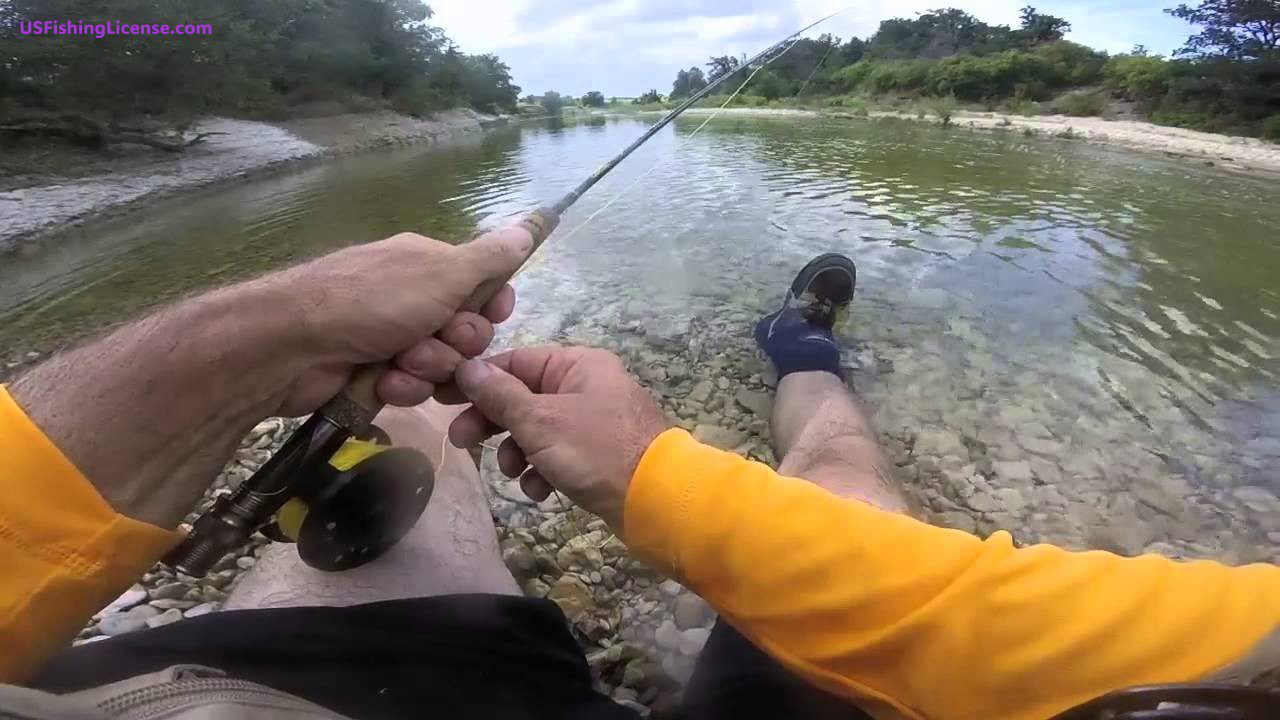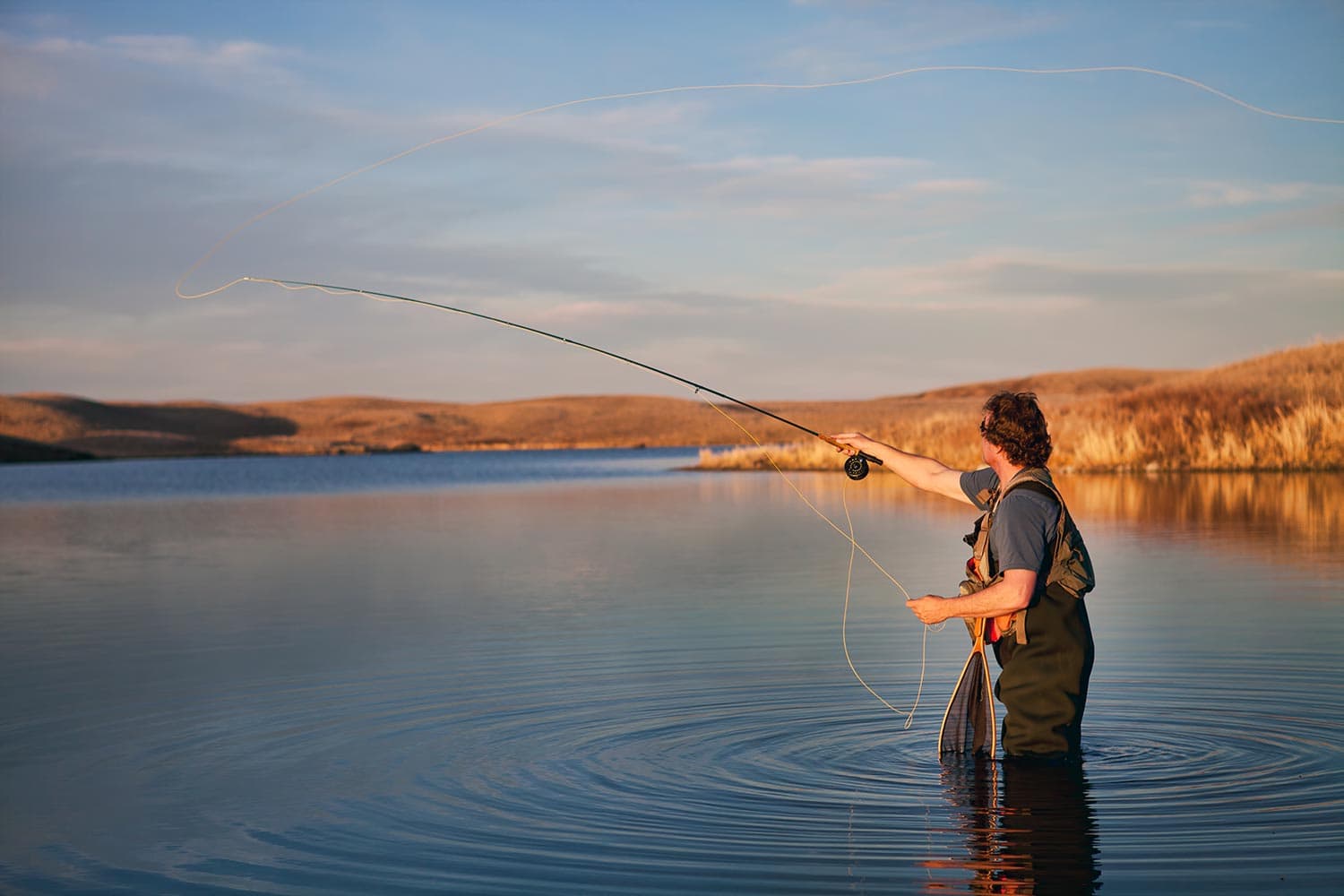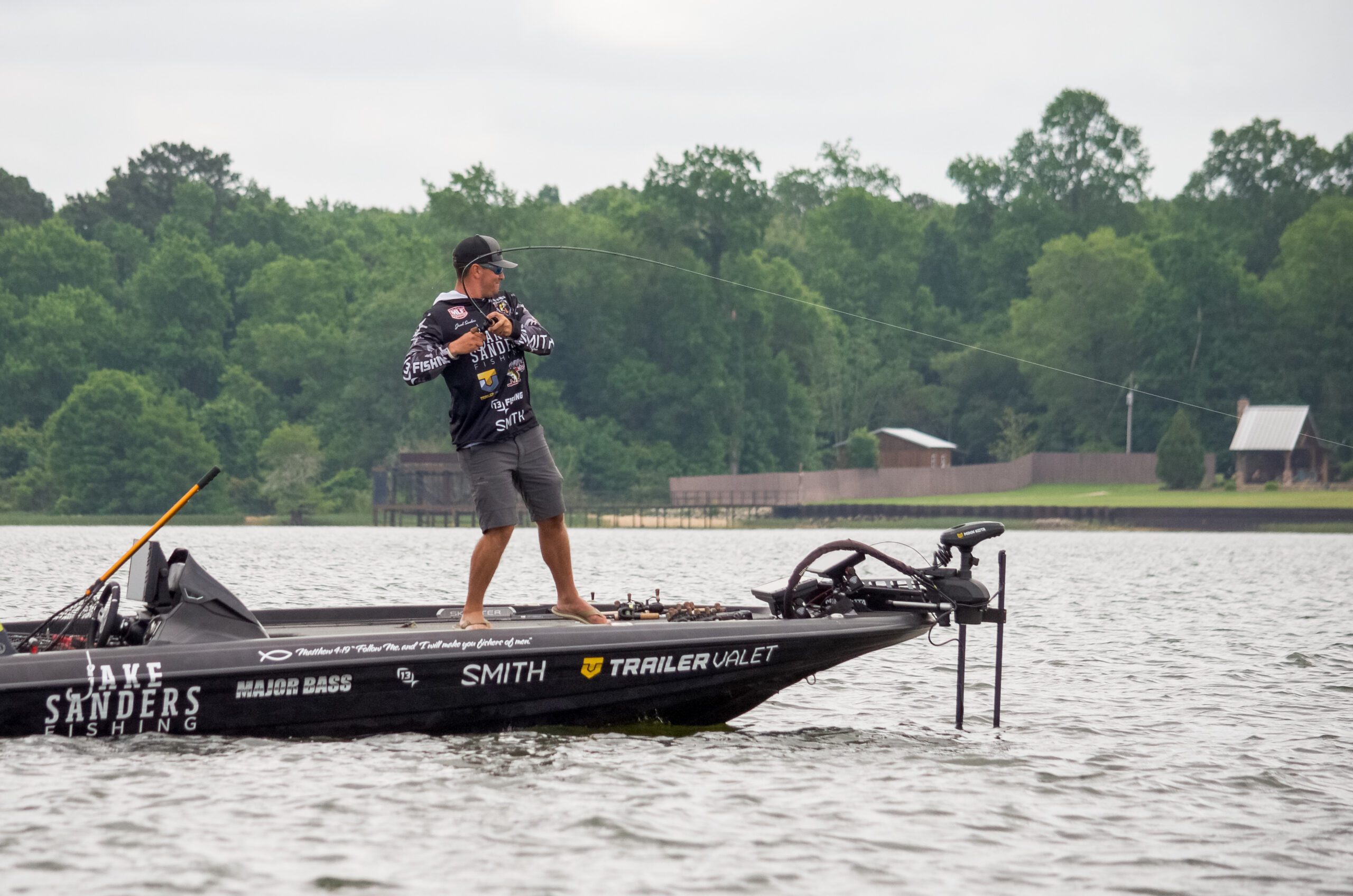Pennsylvania’s wild trout waters represent some of the most pristine aquatic ecosystems in the eastern United States. These heritage streams support naturally reproducing trout populations and offer anglers an authentic fishing experience while serving as indicators of watershed health. Accessing these special waters requires understanding both the permit system that funds their protection and the complex patchwork of public and private ownership along their banks.
What Are Heritage Fishing Streams in Pennsylvania?
Pennsylvania’s heritage fishing streams are waterways officially designated for their exceptional wild trout populations and historical significance to the state’s angling tradition. These aren’t ordinary fishing spots – they represent the highest quality cold water resources in the Commonwealth.
Class A Wild Trout Waters form the backbone of Pennsylvania’s heritage stream system. These waterways support a naturally reproducing trout population of sufficient size and quality that stocking is unnecessary. Of Pennsylvania’s 86,000 miles of streams, less than 2% qualify for this designation, making them truly special resources.
The Pennsylvania Fish and Boat Commission (PFBC) classifies heritage streams into several categories:
| Classification | Description | Example Streams |
|---|---|---|
| Class A Wild Trout Streams | Highest quality naturally reproducing trout populations | Letort Spring Run, Spring Creek |
| Wilderness Trout Streams | Remote waters with minimal human impact | Tubbs Run, Rambo Run |
| Trophy Trout Waters | Special regulations for larger fish | Little Juniata River |
| Keystone Select Stocked Trout Waters | Premium stocked sections with trophy-sized fish | Kinzua Creek, First Fork Sinnemahoning Creek |
Historical Significance and Conservation Value
Pennsylvania’s trout fishing heritage dates back centuries, with streams like the Letort Spring Run drawing anglers seeking native brook trout since the 1700s. Today, these waters serve dual purposes:
- Recreational Value: Heritage streams offer high-quality fishing experiences
- Ecological Indicators: Wild trout require clean, cold water with minimal pollution
- Biodiversity Hotspots: Protect numerous other aquatic species beyond trout
- Economic Engines: Generate millions in tourism revenue for rural communities
“The protection of Pennsylvania’s heritage trout streams represents one of our most important conservation priorities,” notes the Coldwater Heritage Partnership, which has helped protect over 850 miles of cold water resources since 2012.
Understanding Fishing Permits and Conservation Funding
Fishing Pennsylvania’s heritage streams requires proper licensing, with fees directly supporting conservation efforts. Understanding these permits is essential for legal access and contributing to ongoing protection work.
Required Licenses and Permits
To fish in Pennsylvania’s heritage streams, anglers must obtain:
- Pennsylvania Fishing License – The base requirement for all anglers 16 and older
- Trout/Salmon Permit – Required in addition to the base license for fishing in all stocked trout waters and Class A wild trout streams
- Lake Erie Permit (if applicable) – Required when fishing in Lake Erie, its tributaries, and waters in the Lake Erie watershed
The Pennsylvania fishing license costs vary based on residency status and duration. For comprehensive information about license options, visit US Fishing Licenses’ Pennsylvania page.
How Permit Fees Fund Conservation
When you purchase a Pennsylvania fishing license and trout permit, your money directly supports conservation programs crucial for heritage stream protection:
- Habitat Improvement: Approximately 65% of trout permit revenue funds stream restoration projects, including bank stabilization and riparian buffer creation
- Access Programs: 15% supports easement acquisition to secure public fishing access on private lands
- Monitoring and Research: 10% funds ongoing population assessments and scientific studies
- Education and Outreach: Remaining funds support educational programs to promote conservation ethics
In 2023 alone, the PFBC allocated $1.9 million from fishing license and permit sales to habitat improvement projects on Class A wild trout streams.
Accessing Pennsylvania’s Heritage Streams
One of the most challenging aspects of fishing heritage streams is understanding where public access is available. Pennsylvania’s complex land ownership patterns mean that even premier trout waters may flow through private property.
Public Access Points
The PFBC maintains multiple access programs to ensure anglers can reach heritage waters:
- Easements and Public Fishing Rights: The PFBC has secured easements on over 1,000 miles of streams statewide, allowing public fishing on otherwise private lands
- State Parks and Forests: Heritage streams flowing through state lands provide reliable access points
- PFBC Access Areas: Dedicated parking and entry points maintained specifically for anglers
Popular public access locations on heritage streams include:
- Spring Creek – The McCoy Dam access area and Fisherman’s Paradise provide premier access to this limestone stream
- Yellow Breeches Creek – Multiple access points throughout the special regulations area
- Little Juniata River – The “Little J” features several PFBC access areas and easements
- Oil Creek – Access through Oil Creek State Park with dedicated fishing trails
You can find detailed maps of public access areas on the PFBC website or through the US Fishing Licenses Pennsylvania fishing hotspots guide.
Private Water Access Challenges
Despite conservation efforts, many sections of Pennsylvania’s finest trout streams remain on private property with no public access. Notable examples include:
- Portions of Spruce Creek – This blue-ribbon trout stream has several private fishing clubs controlling access
- Sections of the Letort Spring Run – Limited public access despite its legendary status
- Parts of Falling Spring Branch – Limited access despite Class A designation
Always verify property boundaries before fishing and respect private property rights. Trespassing damages relationships between landowners and the angling community.
Conservation Programs and Partnerships
Pennsylvania’s heritage streams benefit from numerous conservation initiatives through partnerships between government agencies, non-profits, and private stakeholders.
Key Conservation Programs
Coldwater Heritage Partnership – A collaboration between the PFBC, Pennsylvania Council of Trout Unlimited, and the Foundation for Pennsylvania Watersheds that provides grants for watershed assessment, restoration, and conservation plans.
Unassessed Waters Initiative – Since 2010, this program has surveyed previously unassessed streams to identify wild trout populations. To date, more than 3,000 streams have been added to the wild trout list.
Keystone Select Stocked Trout Program – While focusing on stocked trout, this program creates trophy fishing opportunities that reduce pressure on wild trout streams.
Current Conservation Challenges
Pennsylvania’s heritage streams face several threats requiring ongoing attention:
- Designation Backlog: More than 60 streams with documented wild trout populations await official protection status from the Pennsylvania Department of Environmental Protection
- Climate Change: Warming temperatures threaten cold-water species, particularly native brook trout
- Development Pressure: Expanding urbanization impacts water quality through increased runoff and reduced groundwater recharge
- Resource Extraction: Natural gas development in northern Pennsylvania poses potential risks to watershed health
Top Heritage Streams to Visit
For anglers seeking to experience Pennsylvania’s finest wild trout waters, these heritage streams offer exceptional fishing and natural beauty:
Penns Creek
Location: Centre and Union Counties
Known For: Famous green drake hatch and large wild brown trout
Access Points: Seven Mountains area, Coburn, Weikert
Penns Creek represents one of Pennsylvania’s most celebrated wild trout fisheries, with a renowned catch-and-release section showcasing what proper conservation can achieve. For information on how much a Pennsylvania fishing license costs and regulations specific to Penns Creek, visit the US Fishing Licenses website.
Spring Creek
Location: Centre County
Known For: Premiere limestone spring creek with exceptional biomass of wild brown trout
Access Points: Fisherman’s Paradise, Bellefonte, Rock Road
As perhaps Pennsylvania’s most productive wild trout stream, Spring Creek demonstrates the resilience of a fishery that has recovered from severe pollution challenges through dedicated conservation efforts.
Letort Spring Run
Location: Cumberland County
Known For: Chalk stream characteristics and technical fishing for selective trout
Access Points: Letort Spring Run Nature Trail
This legendary limestone spring creek has influenced fly fishing history and remains a challenging destination for technical anglers.
Valley Creek
Location: Chester County
Known For: Urban wild trout in a historical setting
Access Points: Valley Forge National Historical Park
Valley Creek demonstrates how wild trout can thrive near urban areas when properly protected, flowing through Valley Forge National Historical Park.
Obtaining Permits and Planning Your Trip
Step-by-Step Guide to Getting Your Permits
- Determine which licenses and permits you need based on when and where you’ll fish
- Purchase your Pennsylvania fishing license through:
- US Fishing Licenses website
- PFBC’s online licensing system
- Authorized license issuing agents (sporting goods stores, etc.)
- Add a trout/salmon permit if fishing in trout waters
- Add a Lake Erie permit if fishing in that watershed
- Download the PFBC mobile app to store your digital license
For detailed information about obtaining a lifetime Pennsylvania fishing license, visit the US Fishing Licenses guide.
Best Seasons for Heritage Stream Fishing
Each heritage stream has optimal fishing periods based on hatches and water conditions:
- Spring (April-June): Prime dry fly fishing during major hatches
- Summer (July-August): Technical low-water fishing, especially on limestone streams
- Fall (September-October): Less pressure and beautiful scenery
- Winter (November-March): Challenge of cold-weather fishing on streams that remain open year-round
Conservation Through Participation
Anglers play a crucial role in preserving Pennsylvania’s heritage streams through both financial contributions via license purchases and active involvement in conservation efforts.
How Anglers Can Help
- Practice Catch and Release: While regulations vary, voluntarily releasing fish helps maintain healthy populations
- Join Conservation Organizations: Groups like Trout Unlimited lead volunteer efforts to improve stream habitat
- Report Violations: Use the PFBC’s Operation Game Thief program to report pollution or poaching
- Participate in Citizen Science: Volunteer for stream surveys and water quality monitoring programs
“The future of Pennsylvania’s wild trout depends on informed anglers who understand that their license dollars directly fund conservation work,” explains the Pennsylvania Council of Trout Unlimited.
Conclusion
Pennsylvania’s heritage fishing streams represent a remarkable natural resource requiring both celebration and protection. Through the purchase of appropriate fishing licenses and permits, anglers directly contribute to conservation efforts that maintain these special waters. By understanding access points, respecting private property, and participating in conservation initiatives, the angling community ensures these treasured resources will continue to provide exceptional fishing experiences for generations to come.
Whether you’re a Pennsylvania resident or visiting from elsewhere, obtaining the proper fishing license is your first step toward experiencing and helping preserve these spectacular heritage waters.






